Where the Young Artistic Elite Meet Cultural Heritage
Those who succeed in being invited to participate in the International Summer Academy of the mdw—affectionately known as “isa”—can expect more than just master classes with top-flight artists. isa’s numerous event venues also invite one to discover the Semmering-Rax region’s immense culturohistorical significance.
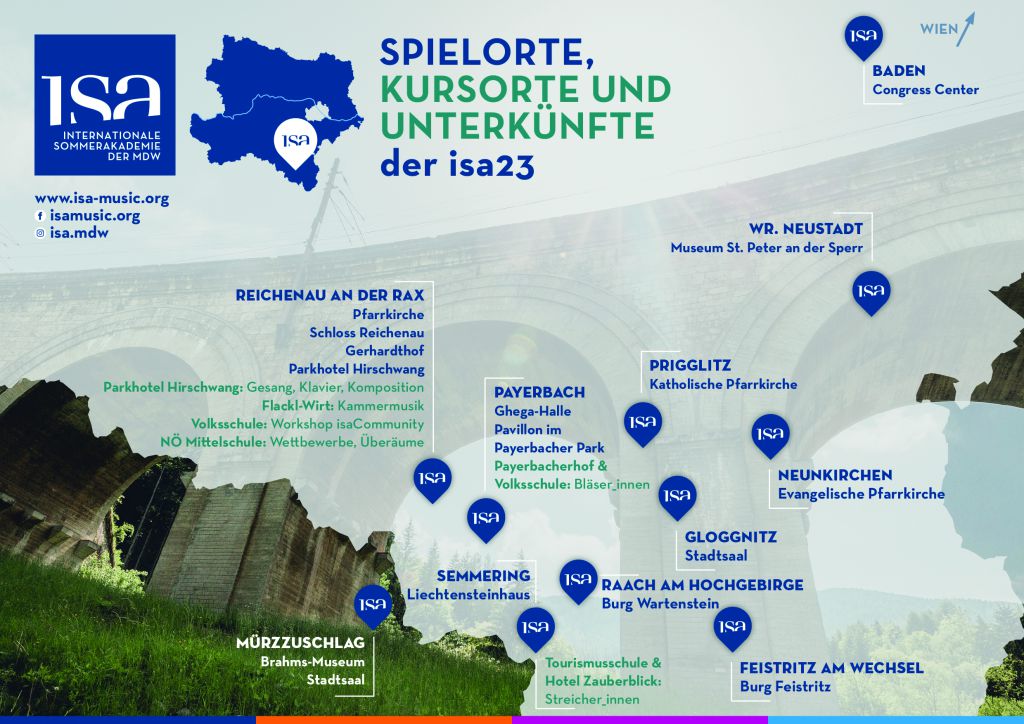
Even the history of the train station in Payerbach-Reichenau, where isa’s approximately 200 students from altogether 38 countries arrive, holds a few surprises in store. Following completion of the Semmering Railway in 1853, this station was one of the Habsburg Monarchy’s busiest—with a separate waiting lounge even being set up for members of the imperial court. Which is no wonder, since the “Vienna Alps”—as this region is sometimes called on account of its proximity to Austria’s capital—were viewed as the social and cultural heart of Europe around the turn of the 19th to the 20th century. Alongside impressive hotel edifices and the railway, which was designated as a UNESCO World Cultural Heritage site in 1998, numerous castles, palaces, and villas of prominent holidaymakers still bear witness to this region’s historical significance.
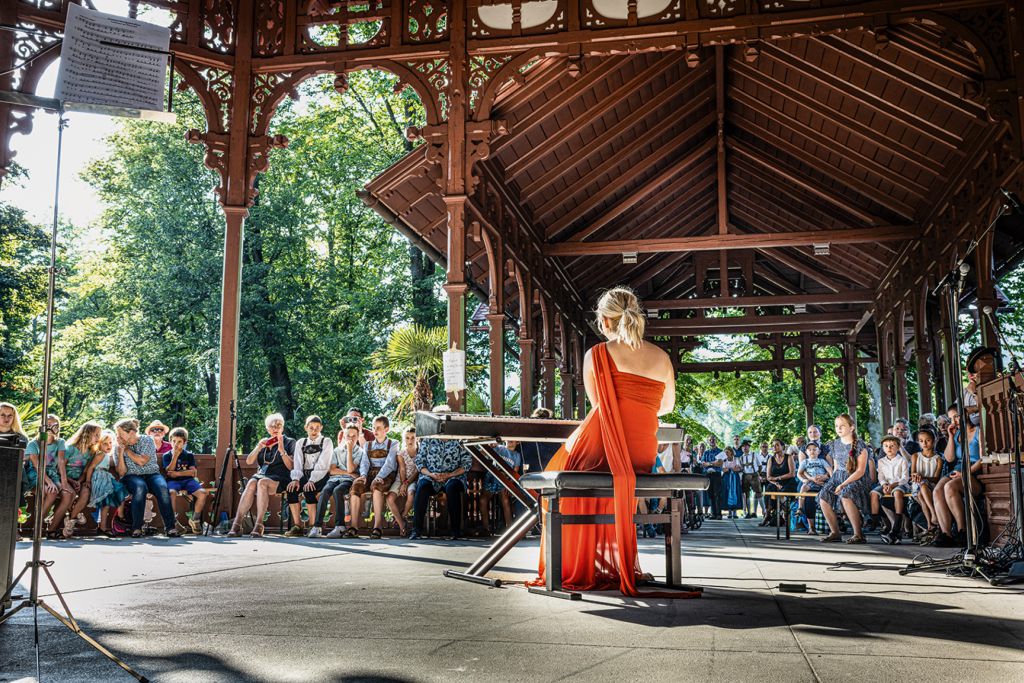
Ever since 1991, long before the old summer holiday term Sommerfrische had been rediscovered by the tourism industry and before today’s mdw had a campus to call its own, our institution has been taking advantage of this nearby resort area for musical encounters of special intensity. Over the years since then, of course, isa has grown continually—as have the logistical challenges associated with isa’s preparation, planning, and conduct. This past summer, it took the delivery of around 60 pianos, audio-visual equipment from the mdw’s AV Center, and office and IT infrastructure for the 24-person team based at 11 locations amidst the famously healthy climate of Semmering, Reichenau, and the neighbouring market town of Payerbach in order to transform the area’s inns, hotels, and schools into the mdw’s summer home.
At this 33rd edition of isa with its theme of “We and Me”, 25 master classes and 14 supplementary workshops given by around 50 tutors invited one to take a deeper look at music’s social components—at its connective power, its enormous potential as a means of universal understanding, and its positive influence on every single one of us.
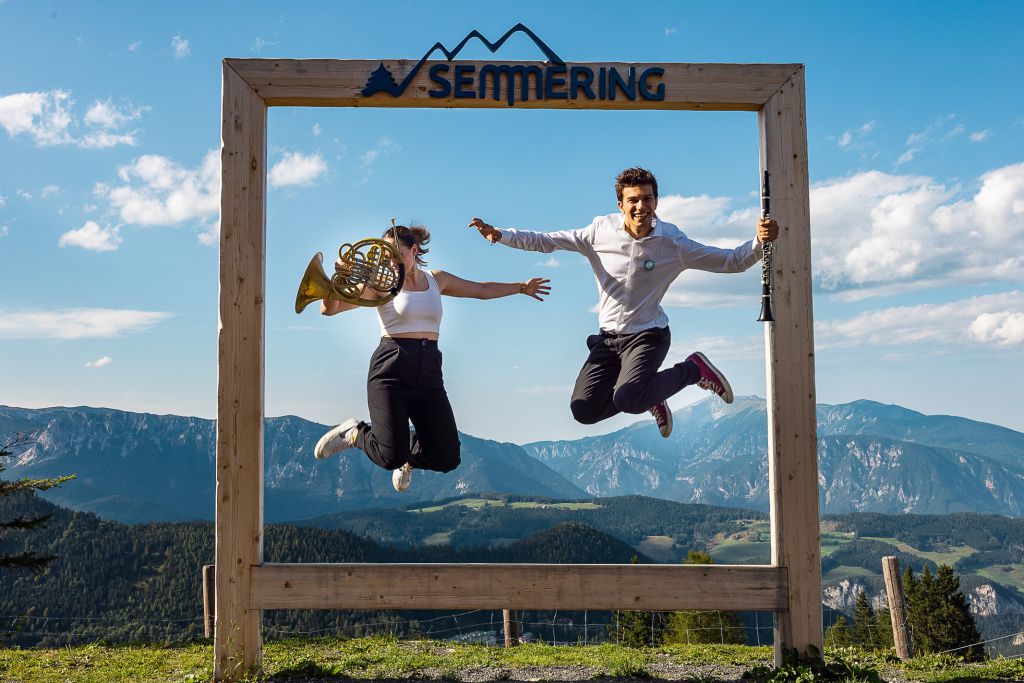
The isaFestival’s 31 events presented competition and open stage concert programmes as well as special highlights from the work done in the master classes. Moreover, the festival’s embrace of the entire region provided opportunities to engage with locations steeped in history. In cooperation with various mdw departments, this year saw a total of 17 different venues host programmes that were in some cases custom-tailored to their starkly divergent characters. For a concert in collaboration with the mdw’s Department of Popular Music (ipop), for example, the privately owned 12th-century Castle Wartenstein opened its doors to the public in an exceptional gesture. The matinee programme that it hosted, entitled Chamber Music and Jazz, paid homage to the musical predilections of the lady of the castle, who passed away last year and whom the mdw hence memorialised in a special way with this concert. The jam sessions at Schloss Reichenau, likewise conceived by ipop and first held last year, once again attracted numerous first-time guests. And the Reichenau’s Gerhardthof—which had housed the coachmen and horses of a Viennese haulier back in imperial times—served as a stage for the theatrical production Wir sind, wie wir waren, realised as a collaboration between the mdw’s Max Reinhardt Seminar and Joseph Haydn Department.
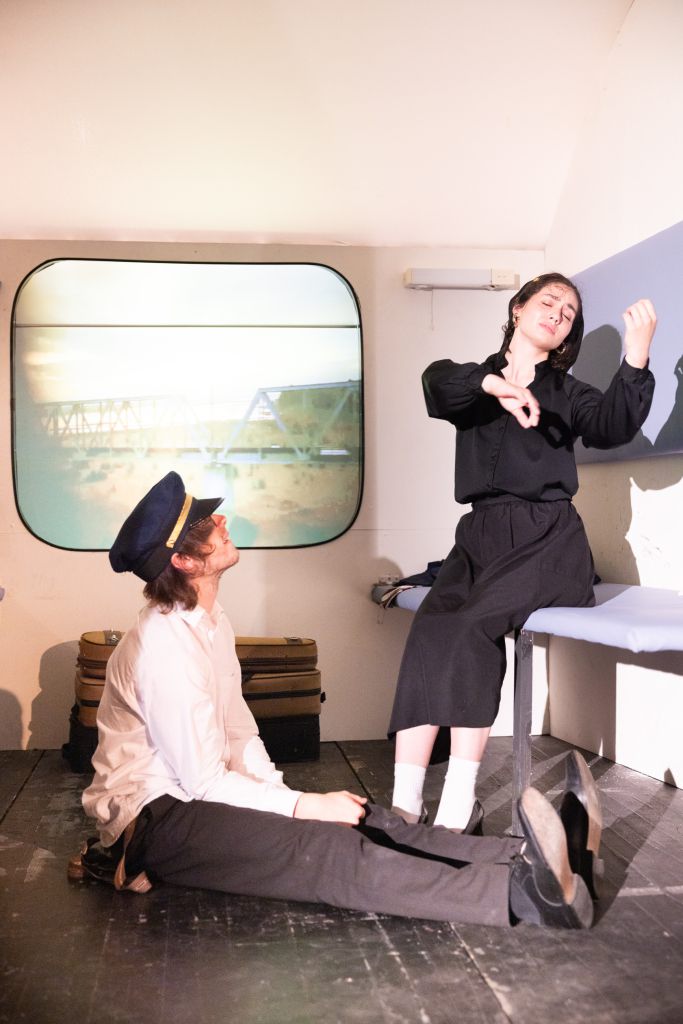
The historic event spaces at nearby Feistritz Castle are normally available only to private groups—but during isa, under the heading of Gemeinsam [Together], students and their tutors wowed the public from the stage in its Knights’ Hall. A contrast of sorts was offered at the summer residence of Johannes Brahms in Mürzzuschlag, now open to the public as a museum, where several of the tutors invited festivalgoers to a house concert. Though Brahms himself spent only nine months living in Mürzzuschlag, he composed the entirety of his 4th Symphony here as well as 30 vocal works. A sweeping view from on high was afforded isa’s students in a guest appearance at the Liechtensteinhaus, put up by the princely Liechtenstein family in 1934 atop the Hirschenkogel at 1,340 m above sea level, where isa served up “Art & Culinary Delights” on two evenings.
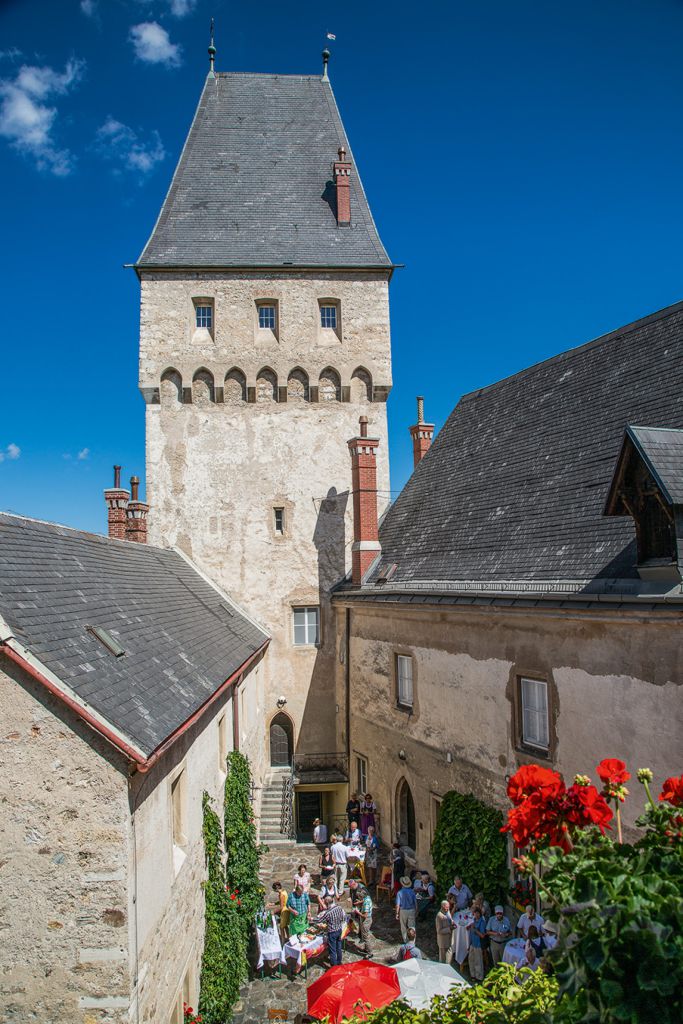
With events at the Arnold Schönberg Center and the Future Art Lab’s Arthouse Cinema, where the artistic programme embraced contemporary musical works and filmic output, the isaFestival also involved Vienna and the mdw Campus. A historical link with Austria’s capital city, on the other hand, was the focus of the project isaCommunity, conducted in collaboration with representatives of the mdw’s community music emphasis Musik in Dialog: this project’s programme at the Kurpark in Reichenau with its pavilion from 1903, entitled “Water – Source of Life”, commemorated the 150th anniversary of the First Vienna Mountain Spring Pipeline that originates in the Vienna Alps and still provides Vienna residents with superb drinking water today.

